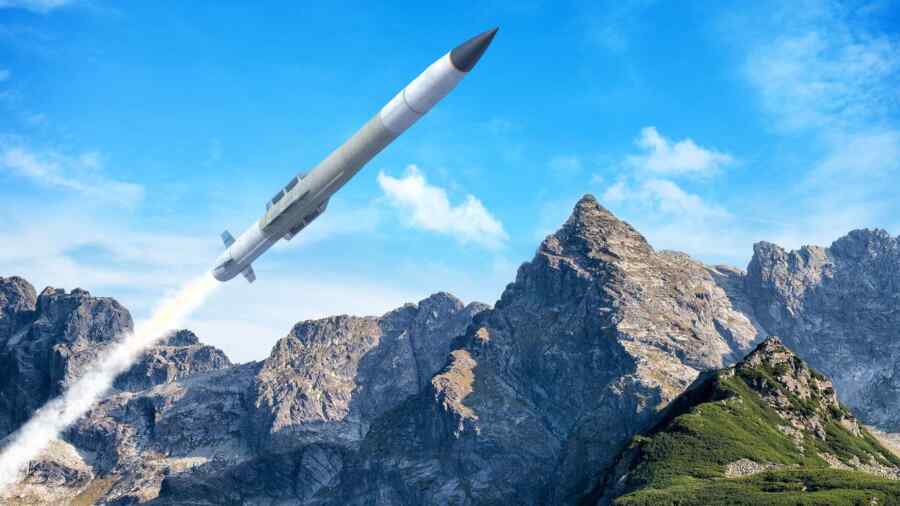Air defence crisis. Washington is increasingly concerned about the depletion of the Pentagon’s arsenals. This is particularly evident in relation to the shortage of air defence missiles. Lockheed Martin has boldly reported on the possibility of increasing the production of missiles for Patriot systems from the current 350 to 600-650 per year.
To this end, new production lines have even been launched in Arkansas and New Jersey. However, due to a shortage of scarce components and skilled workers, production volumes are growing extremely slowly. The same is true in Japan, where they wanted to increase the production of missiles for Patriot from 30 to 60 per year. But logistical problems are preventing this.
The situation is even worse with other air defence missiles. The same interceptors for THAAD systems are in fact assembled by hand, with 12-15 produced annually. The situation is no better with European air defence systems.
Although US military corporations have made record profits in recent years, they have invested them in buying back their own shares and paying dividends. This is easier than trying to increase arms production. Due to the shortage, the price of Patriot missiles has already jumped two to three times, with each one costing up to $7-9 million. This has resulted in additional profits for the military-industrial complex.
The waiting list for new Patriot batteries is 5-7 years long. European countries have begun to receive the first NASAMS systems, which were ordered before the pandemic. In the context of trade wars, problems with logistics and component shortages will only intensify. Meanwhile, annual missile stocks are being burned through in a matter of days on the Ukrainian front or in the Middle East.


